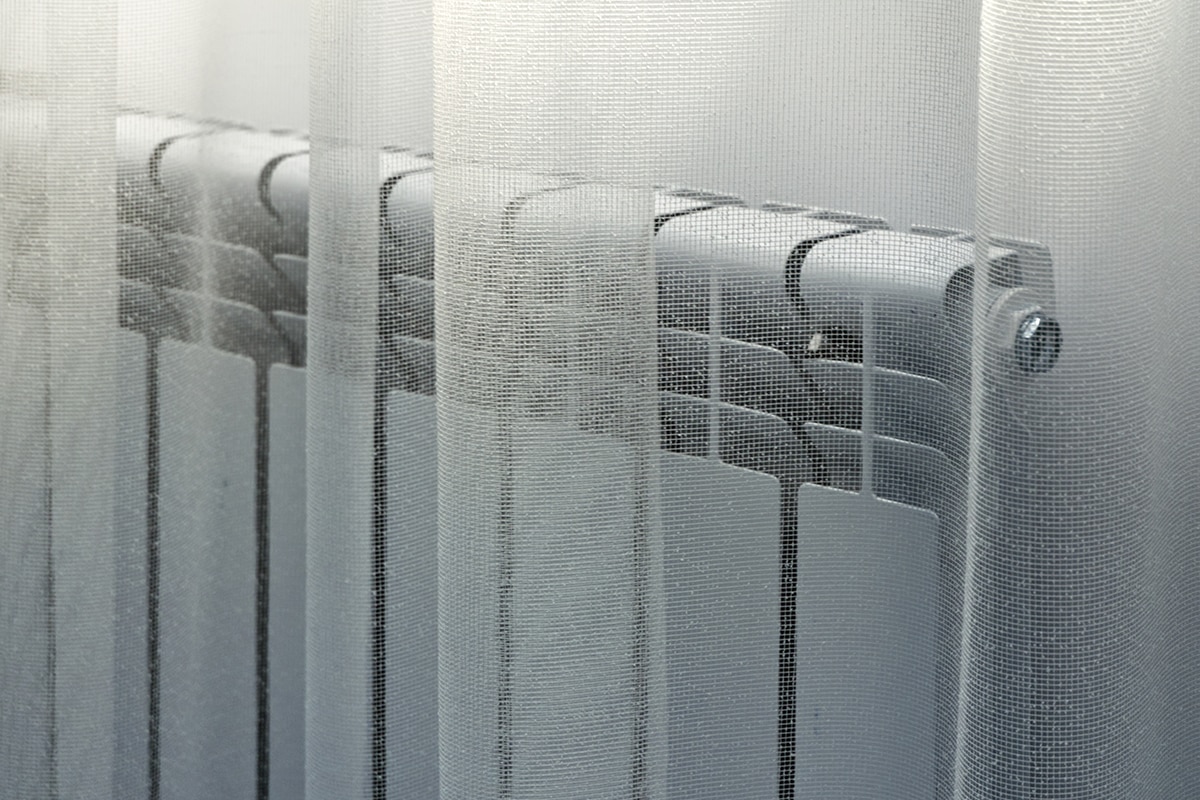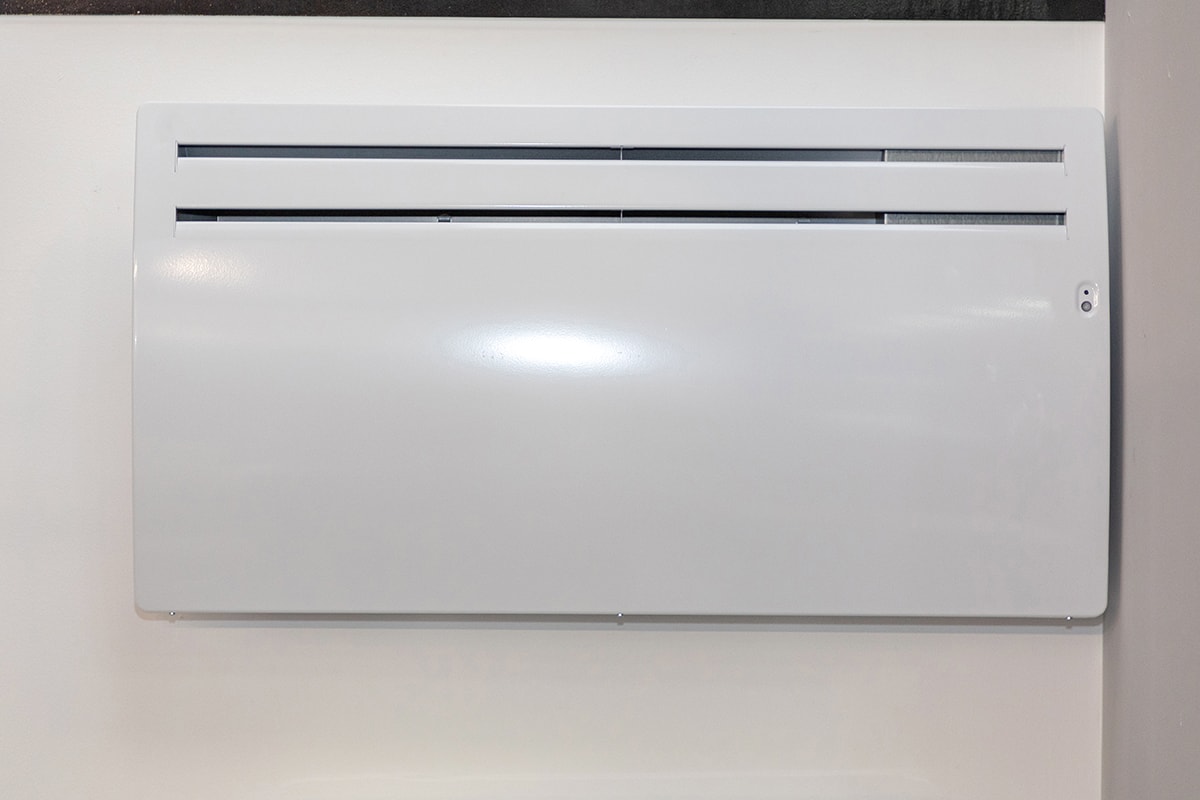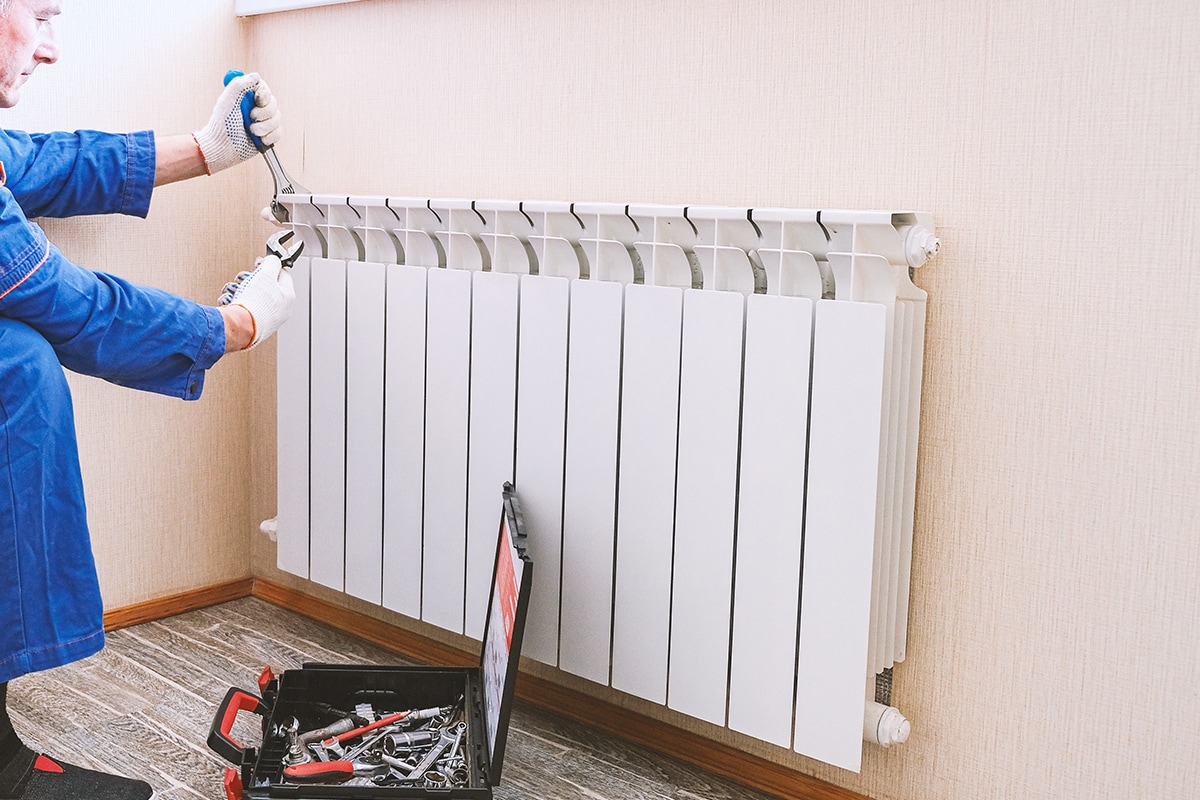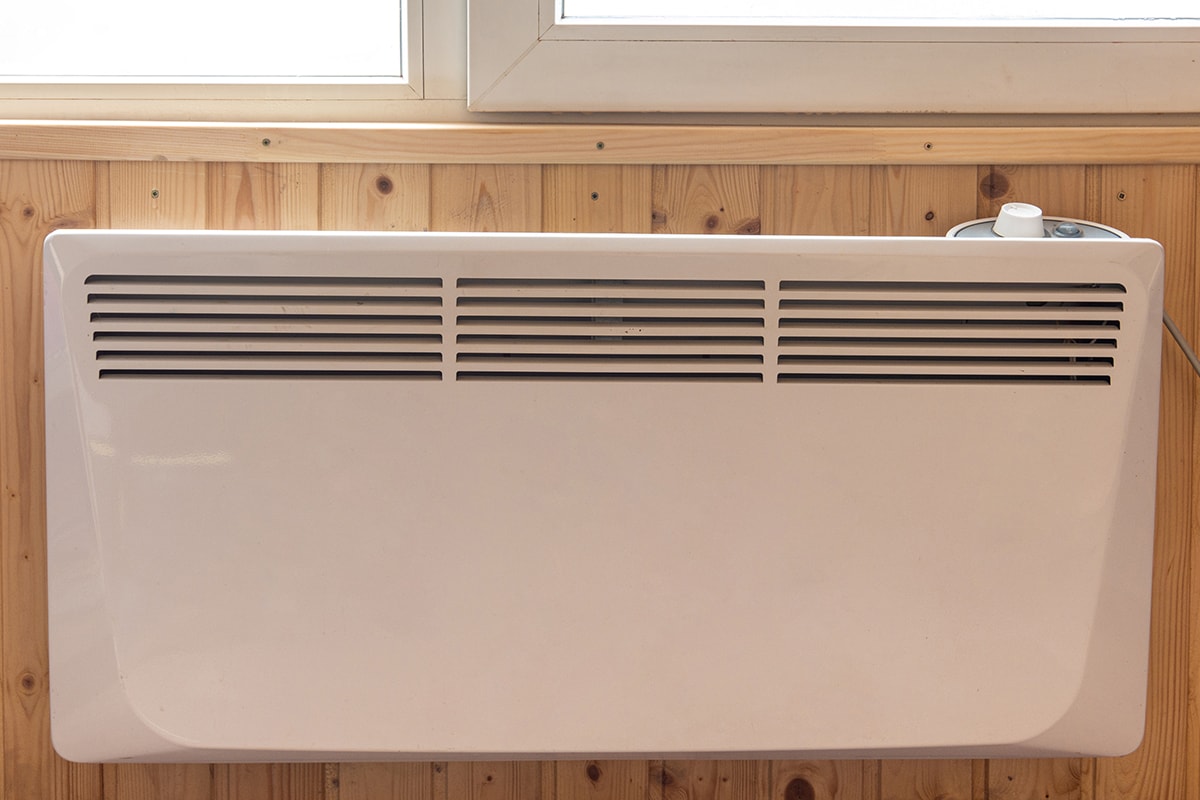Are you looking for reasons why your Williams wall heater constantly turns off? Well, you're on the right page! Here is what we gathered from researching why this problem happens.
The main reason why your Williams wall heater keeps shutting off is because of blocked airflow. Although, a faulty thermostat could also be the reason.
In the following sections, we'll elaborate on what causes the airflow to become blocked and how to diagnose and fix a faulty thermostat. We'll also share some other problems you might encounter with your Williams wall heater and how to fix them. So, keep reading!
What Causes The Airflow Blockage Of Wall Heaters?

When you suspect this might be the cause of your problem, check first if the airflow of your heater is obstructed by nearby items such as curtains, furniture, or plants. Remove these obstructions immediately and check if your device is now functioning correctly.
However, if the problem persists, it can be caused by a dirty air filter. Your unit's interior temperature will rise as a result of this. When it happens, the Williams heater promptly shuts down to avoid harming other parts, such as the heat exchanger. Therefore, you must check the air filter and replace it if necessary.
How Do You Diagnose A Faulty Thermostat?
Here are some signs to observe to know if you have a faulty thermostat:
If your thermostat has no electricity or is unresponsive, that is the clearest indication that something may be wrong. You might have a broken thermostat on your hands if the temperature in your home doesn't change when you alter the thermostat, or if the display is dark or unresponsive.
When the thermostat can't properly instruct the HVAC system to switch on or off, there's a sign that it's broken. The thermostat may have a wiring issue that prohibits electrical signals from being routed to your HVAC system, such as:
- frayed wires
- incorrectly calibrated settings
- faulty wiring
- no power
Sometimes, there will be little temperature differences between rooms; however, if there are consistently large differences, the thermostat may malfunction.
A programmable thermostat is made to keep track of your schedule and settings for a protracted period. Your settings shouldn't be "forgotten" until you choose to make changes. As a result, if the thermostat consistently deviates from your schedule, it may need to be replaced because it is becoming unreliable.
If you're certain that your thermostat is faulty, immediately call your trusted HVAC professional to have it repaired.
How Do You Fix A Faulty Williams Heater Thermostat?

Sometimes, weak batteries can cause your thermostat to malfunction. So, consider checking and changing them once you find out that's what caused the problem.
Additionally, inspect the home's circuit breaker box. Make that the breaker that controls the thermostat's power has not tripped. If needed, you'll have to reset it.
The thermostat may occasionally be adjusted incorrectly, which prevents your heating system from turning on. Make sure the thermostat is set to "Heat" and that the temperature is a few degrees higher than the room temperature. Verify that the programmed parameters are appropriate for the season and the family's schedule.
Keep in mind that keeping your thermostat in direct sunlight will result in a lower-than-set temperature in your house. If this is the case, you'll get readings that overstate the temperature. Your heater either won't start or just turns off. Put the thermostat somewhere that is shaded and out of the sun.
What Other Common Problems You Might Encounter With Your Williams Wall Heater?

In this section, we'll share with you some common problems with your Williams wall heater that you might encounter and how to fix them:
Not Heating
The pilot light is frequently the cause of a gas wall heater that won't heat up. Similar to a gas water heater, these heaters operate by having a pilot light that burns continuously and ignites the burner when the temperature drops below a predetermined level.
However, others, like many more modern gas ovens, have an electric igniter that ignites the burner using a spark.
To fix it, you can follow these steps:
- Make sure the heater is receiving enough gas. Check if the tank is empty or if the gas line valve is open.
- If you see that there is flowing gas but still, the pilot is not on, then there must be an obstruction. Reach inside the combustion chamber and blow some compressed air through the tube to clean it.
- Switch off the gas and let 10 minutes pass before trying to relight the pilot. This amount of time is enough for any gas that may have remained in the combustion chamber to escape.
Faulty Flame Sensor
Often labeled as a thermocouple, this device makes direct contact with the pilot flame. This also functions as a safety valve that causes the pilot flame to extinguish by cutting off the gas supply. This device also protects your home against a dangerous gas buildup.
Dirt, damage, and misalignment can cause the malfunction of this component.
You can follow these steps to clean a faulty furnace filter:
- Shut off power from the main power source, usually in its dedicated circuit breaker.
- Unless your heater's gas valve is controlled electronically, you must also turn off the gas to the appliance.
- Remove the sensor with care; in some cases, it could be essential to give yourself more room to work by disconnecting the cable that is fixed to the end of the sensor.
- Clean the flame sensor rod using a ball of soft steel wool or a soft pad. Don't use sandpaper in cleaning it because it will damage the flame rod.
- After that, wipe up any dust that was left behind with a clean paper towel.
- Reinstall the sensor to the combustor assembly, reattach the wire if necessary, and turn the power back on after the sensor has been cleaned.
- Before being certain that you've already resolved the issue, make sure the device is fired up again and is operating properly until the thermostat is satisfied.
Click here for this product on Amazon.
The Heater Stopped Functioning
When this happens, look if you have a blown fuse or your breaker has tripped. Replace the blown fuse and reset the breaker if needed.
However, loose wiring connections can also sometimes be the cause.
To check, unplug the heater from the wall and remove the connection from the power source. Then, inspect the connection of the electrical components. To do this, you must remove the control and thermostat knobs and faceplate. Reinforce any slack wires if you see them.
Heater Fan Issues
There are two possible scenarios for this problem:
- The heater fan functions but no heat is generated; or
- There is heat produced but the fan is not functioning.
Heater Fan Functions But No Heat Generated
A defective heating element or sloppy wiring inside the appliance may be to blame for this. To fix this, you must:
- Turn off the unit's electricity before removing the thermostat, control knob, and faceplate to inspect all of the electrical connections within.
- Retighten any broken or slack connections.
- If it doesn't work, the heater might require an element replacement.
Contact your trusted HVAC specialist for the replacement of your heating element.
There Is Heat But Fan Is Not Working
The fan could cease functioning for a variety of reasons, even though the heater is heating up. Here is how to diagnose and fix this problem:
- Cut the heater's power, then open it to inspect the electrical connections going to and coming from the fan motor.
- To the fan motor, tighten any frayed or disconnected cabling.
- Check to see if anything is blocking the fan blades.
- If the fan still won't operate, a new fan motor is probably necessary.
The Heater Won't Turn Off
For this problem, the reason can either be the heater's capacity is not enough to heat the room or the room is poorly insulated.
The solution to this problem is quite simple. You can add another heater to your room to accommodate the heating requirements or change your heater to a new one with a higher capacity.
If insulation is the problem, you need to weatherstrip your doors and windows and insulate your walls.
Click here for this weatherstripping roll on Amazon.
How Frequent Should Your Wall Heater Have Its Service Maintenance?

Before the onset of the cold season each year, it is crucial that your heater is in excellent working order. Here is a simple guide on how frequently you should have your heater inspected:
- You should have your heater tested every once or twice a year to be sure it will work properly whenever you need it. This is crucial in areas where yearly winter storms and snowfall of a few inches to several feet are common.
- You should have an annual check-up and maintenance performed on furnaces, gas heaters, and boilers when you live in areas with mild winters. This makes sure your heater is in good condition and prepared to start up again.
- In hotter climates, or those who don't experience winter, regardless of whether it initially seems necessary, you should arrange a service maintenance every 2-5 years in these conditions.
Final Thoughts

When your Williams heater keeps on shutting off, first check if there is an obstruction to its airflow such as plants, papers, furniture, or curtains. As uncomplicated as it may sound, this is one of the main reasons why this happens.
If you already made sure that the airflow is clear, check your thermostat. It might be faulty.
Before you go, check out these related articles:


